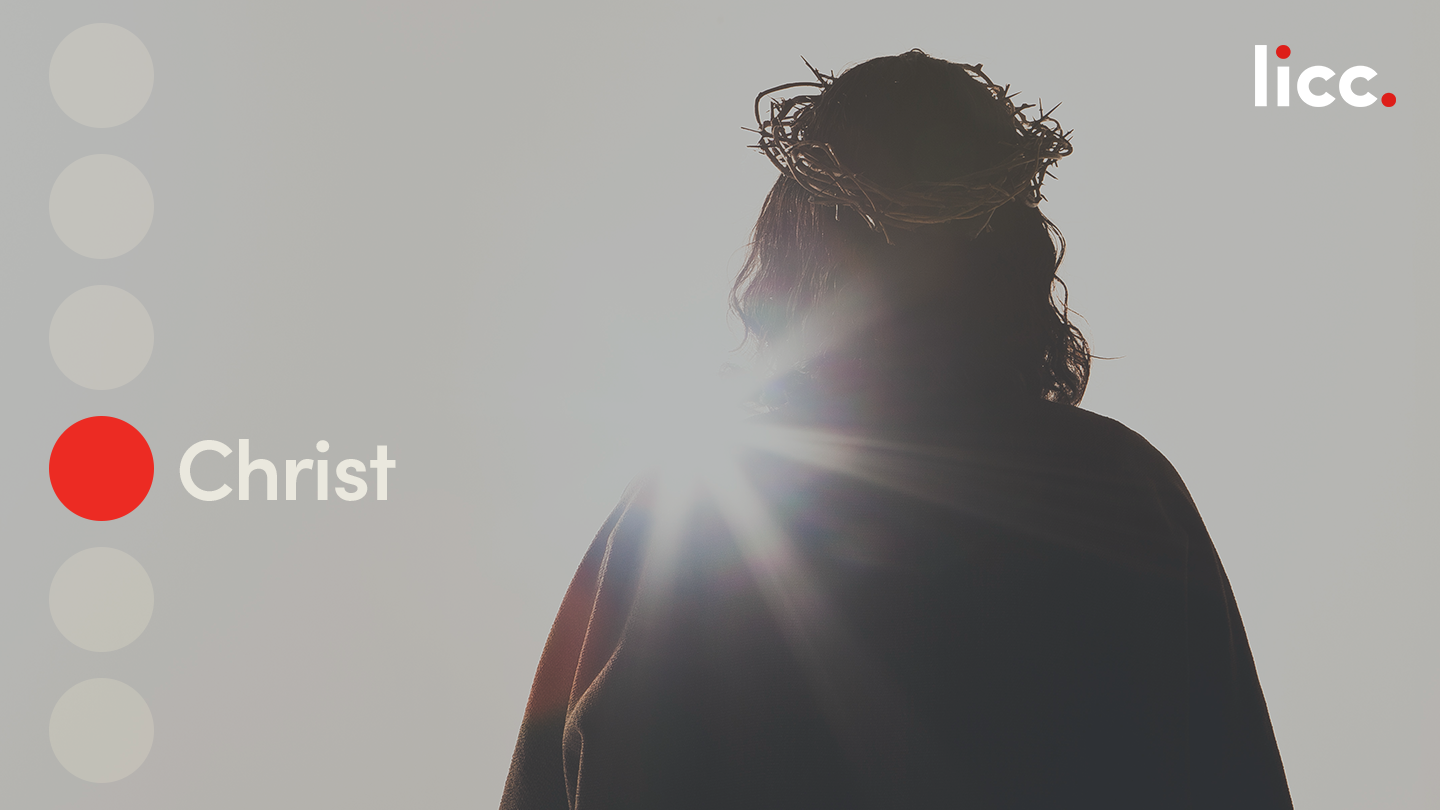Whole Life, Whole Bible: Journey through Scriptureनमुना


35: Finished!
We anticipate the dawn of a new day in the resurrection, but, for the moment at least, we pause at Good Friday — and pause we must, for the biblical story makes no sense without the events of this day. As we pause, we join with Christians around the globe and through the ages who have confessed the centrality of Christ’s work on the cross, for our faith makes no sense without it.
The cross, of course, is where the Gospels — and Jesus — have been heading since the start. As he dies, he takes on the role of the servant spoken of in Isaiah 53, suffering and dying on behalf of others. The fact that it happens at Passover time gives his death an ‘exodus’ flavour, as Jesus brings about a new release for the people of God, inaugurating a new covenant in his body and blood for the forgiveness of sins.
The predicament of human beings, so apparent in the biblical story — our rebellion against God and the judgment it deserves — is dealt with at the cross, interpreted in the early church as a demonstration of God’s love and as a victory over the powers of darkness. This sacrifice of one in the place of others is what makes forgiveness possible, bringing about reconciliation with God and with each other, and more besides.
The work of the cross is applied personally, though not privately, for it is the place where the wisdom and power of God are demonstrated to the world. Paul makes clear the comprehensive nature of what has been accomplished — not just on our behalf but on behalf of the whole of creation. Jesus’ death is God’s chosen means of restoring ‘all things’, liberating men and women, and creation itself, from sin and bondage, with the guarantee that one day evil will be removed completely.
So the cross stands not just at the peak of the Gospels but at the climax of the entire history of salvation. Everything in the biblical story leads up to and away from this point; everything is understood in the light it casts, a light extending forward to the final victory when all things will be fully restored.
Meanwhile, that light illumines our discipleship and mission as we seek to make sense of the cross and be shaped by it, knowing that we live by faith in the Son of God who loved us and gave himself for us.
For further reflection and action
- All four Gospels devote considerable space to the death of Jesus and the events leading up to it. As Martin Kahler famously observed, they can be seen as ‘passion narratives with extended introductions’. Reflect on how far you agree with this as a good description of the Gospels.
- The pattern of the cross and resurrection is one of suffering followed by glory. If Christian discipleship involves a call to follow the way of the cross, think of the moments in your life or the lives of others where this pattern has been evident.
- How does the cross transform the ordinary stuff of life (the ‘all things’ of Colossians 1), and how do we follow the way of the cross in that ordinary stuff?
पवित्र शास्त्र
या योजनेविषयी

This 50-day reading plan walks you through the story of the whole Bible, and helps you reflect on how it shapes your whole life – at home, at work, in the neighbourhood. The bite-size readings and real-life application questions help illuminate God’s plan to renew all areas of life. Written by Antony Billington, Helen Parry, and Margaret Killingray, from the London Institute for Contemporary Christianity (LICC). Originally published by BRF.
More









